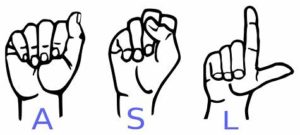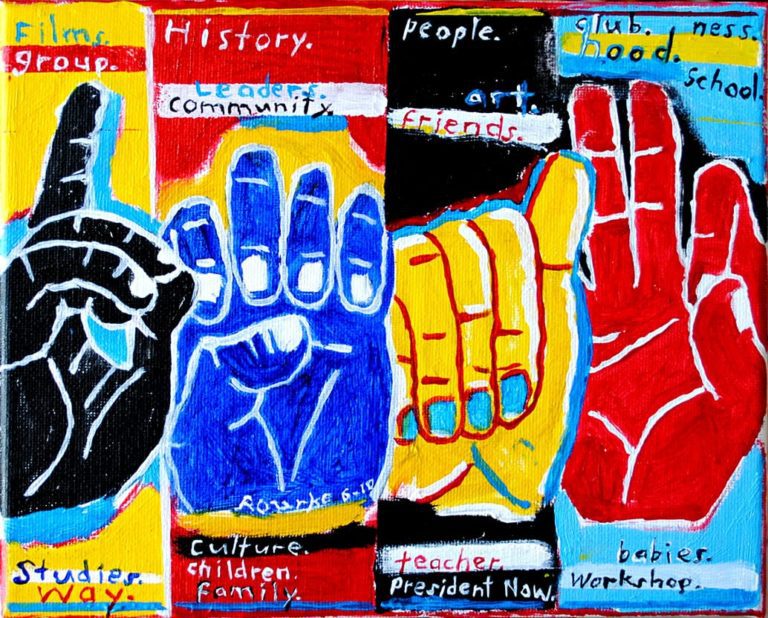Teaching the deaf or hard of hearing student
Dear Pop,
A deaf or hard of hearing child will be mainstreaming into my class next semester. What can I expect? How do I make my lessons understandable? How can I ease her transition into my class with her peers?
Signed,
Nervous
Dear Nervous,
Teaching a deaf or hard of hearing (hoh) student is similar to teaching hearing students. There are a few considerations you need to think about. If you do a thorough job of it, everyone, including your hearing students, benefits.

Communication with your deaf/hoh student is tantamount to her success in your class. Getting her attention is your first concern. Yes, you can wave your hand or tap her shoulder, but children don’t like to be singled out. So use the light. One quick flick of a light switch quiets a room and gets all eyes on you.
If your child is a lip reader there’s a few things you can do. First, shave your beard or mustache. Hair obscuring the mouth is tough for lip readers. Also, keep that coffee mug on your desk and away from your face while talking to your class. You don’t want anything covering your lips. Secondly, keep your speech clear and at a reasonable pace. Speaking too slowly or quickly distorts sounds and lip patterns. Finally, use facial and hand gestures when you speak to your students. If you know ASL, use it.
While we are on the subject of ASL, explain to your class that there is a deaf/hoh student on board. You may want to teach the class a new sign every day. If the new student agrees, you can leave that job to her. This builds self-esteem, and children will look up to her as an expert.
Make sure your new student sits within two meters of your lectures for best lip reading results. Prior to your presentation, make copies of your notes and distribute to all students who would like a copy. Make sure all new vocabulary is posted here for the lip reader to preview prior to discussion. Remember, lip reading is a guessing game and in the best circumstances only 40%-60% accurate.
During a discussion, your deaf/hoh student will have a difficult time understanding her classmates. Therefore, paraphrase important comments. This helps everyone.
When you make your presentations, use an overhead projector or chart paper. If you must write something with your back to the class, stop speaking. Talk only when you face your students.
By speaking more clearly, always facing your students when you speak, paraphrasing important student comments, and preparing lectures in advance with copies available for everyone, will not only help your deaf/hoh student, but also assist the rest of the class in the learning process. In the end, you’ll become a better teacher from the experience.
Good Luck,
Pop
Have a question? Ask Pop at [email protected]. You can visit his website at http://www.michaelthal.com.






I wish all lecturers and teachers would paraphrase comments and questions and not only when there is a hard of hearing person in the room.